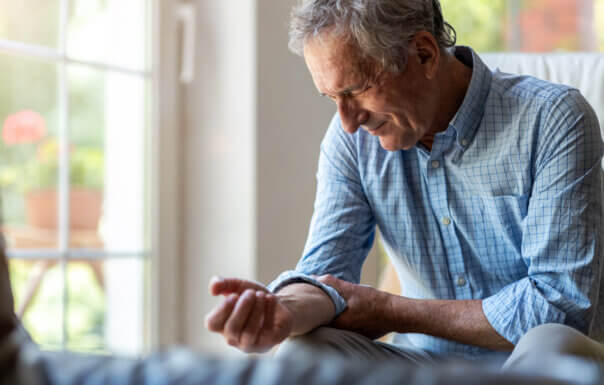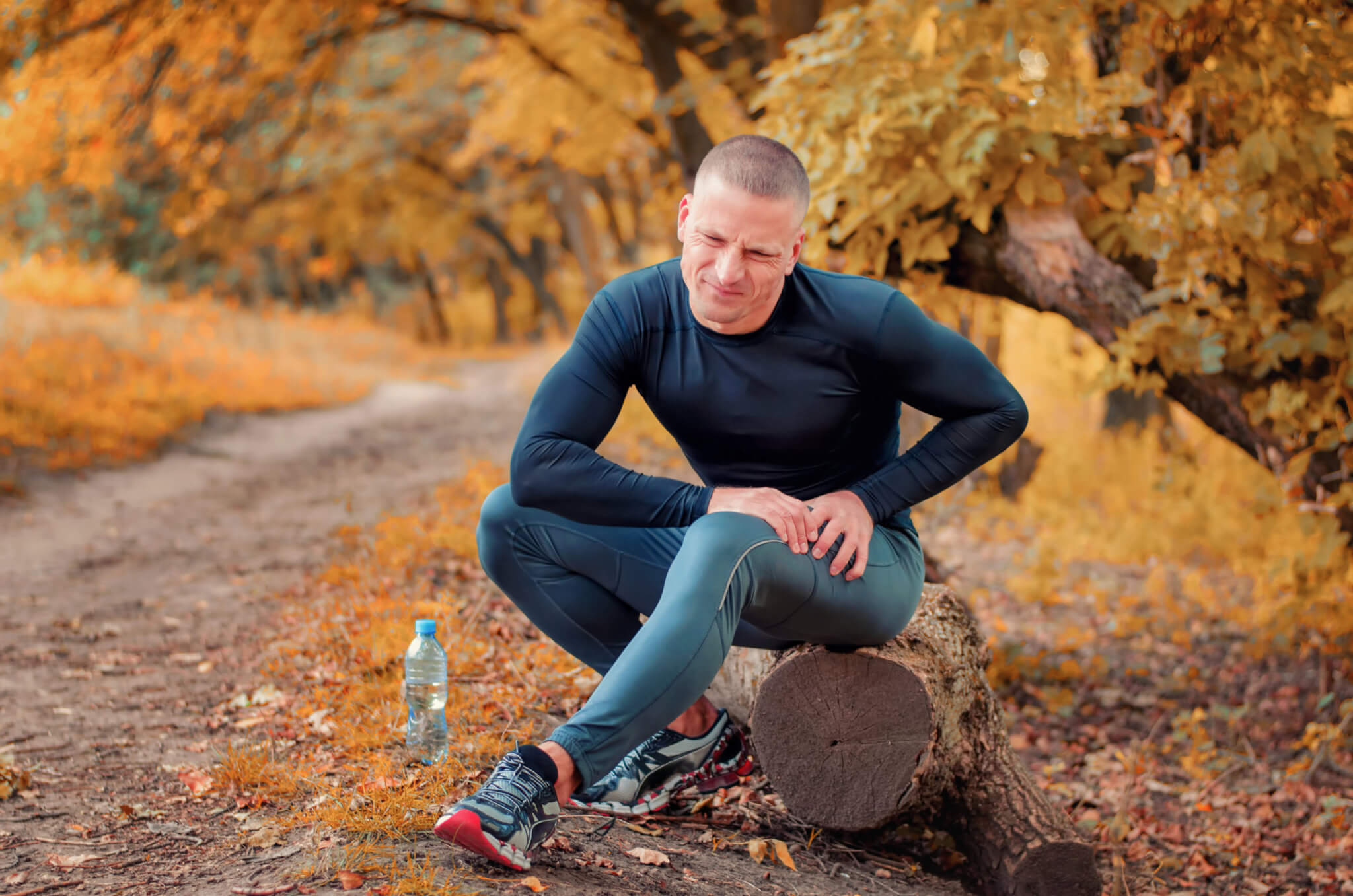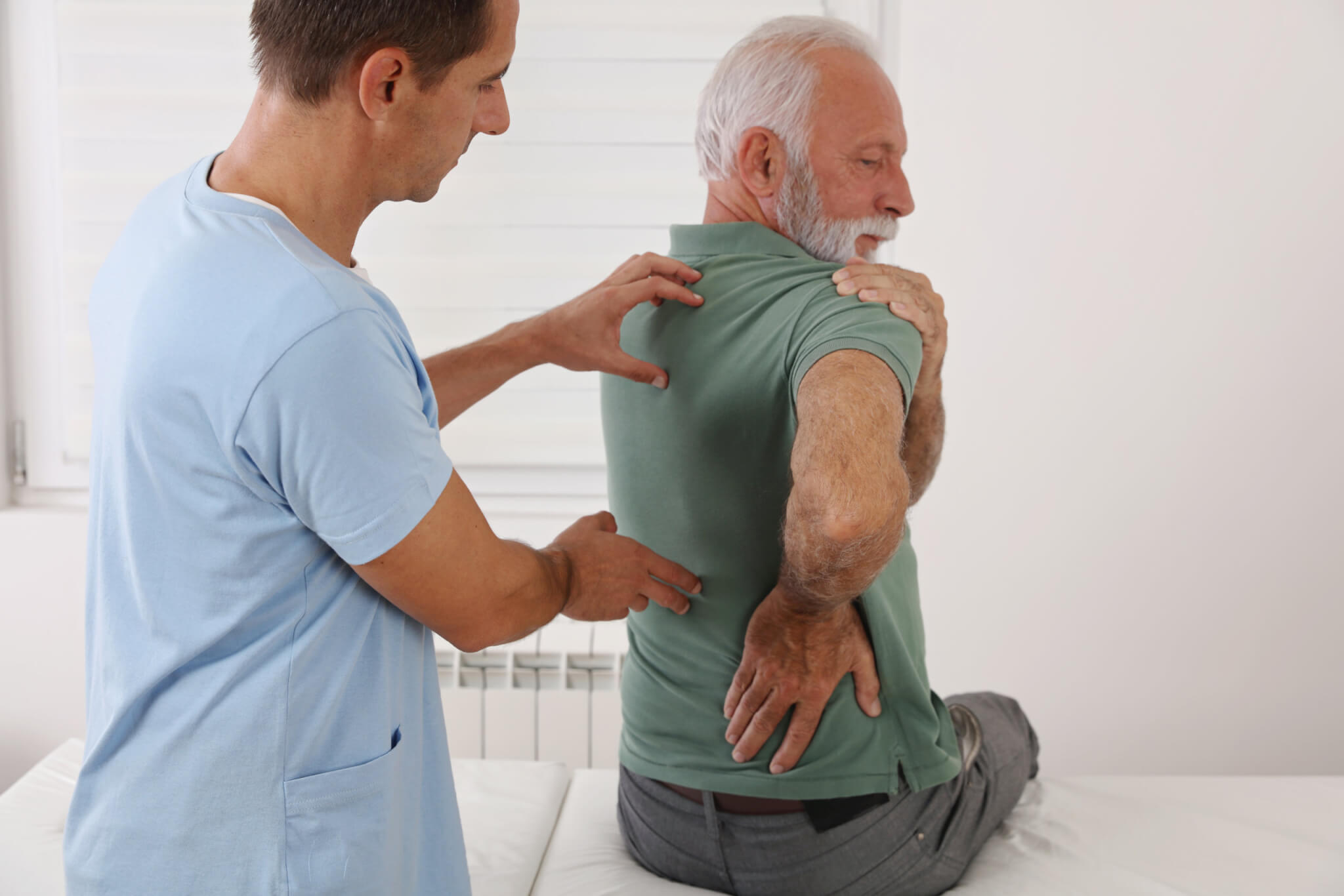Some people undertaking intermittent fasting may experience headaches. This can be due to several factors, such as hypoglycemia, dehydration, and caffeine withdrawal.
Intermittent fasting is an eating method that a person may adopt for religious, dietary, or health reasons. It involves cycling between periods of eating and fasting.
Intermittent fasting may provide some health benefits, such as weight loss and decreased risk of certain diseases. However, fasting may not be suitable for all people, and some individuals may experience side effects, such as headaches.
Can intermittent fasting result in headaches?
Design by MNT; Photography by Blasius Erlinger/Getty Images & MirageC/Getty Images
People doing intermittent fasting may experience headaches. The results of a small 2023 study suggest that roughly 61%Trusted Source of individuals experience headaches while on an intermittent fast.
Secondary headaches refer to headaches that people can trace back to a specific cause. Common triggers of secondary headaches are changes to homeostasis. This term describes the internal system that helps regulate bodily functions.
As such, intermittent fasting can disturb homeostasis and result in headaches.
However, not everyone will experience headaches. Factors such as individual differences, fasting methods, and a person’s overall health may play a part in whether someone will have a headache during an intermittent fast.
Fasting headache symptoms
Older research suggests that fasting headaches either occur in the frontal region, meaning a person feels the pain at the front of their head, or are diffuse, meaning the pain spreads. Usually, a fasting headache may also be non-pulsating and of mild or moderate intensity.
In addition to a headache, a person undertaking intermittent fasting may also experience feelings of dizziness and weakness.
Causes
There are several potential reasons why a person may experience a headache while fasting intermittently. These may include:
- Hypoglycemia: Some people may experience hypoglycemia, or low blood sugar levels, duringTrusted Source periods of fasting. When blood sugar levels fall too low, a person may experience symptoms such as a headache.
- Caffeine withdrawal: Many people rely on caffeine to stay alert or focused. During fasting, a person may reduce or eliminate their caffeine consumption. This can cause withdrawal symptomsTrusted Source, such as headaches.
- Dehydration: Dehydration occurs when a person does not consume enough fluids. Headaches are a commonTrusted Source symptom of dehydration. When a person is undergoing an intermittent fast, the lack of regular meals may mean a person is not consuming enough fluids.
- Stress and anxiety: Fasting can causeTrusted Source a person’s cortisol levels to increase. Cortisol is a hormone that can rise in response to feelings of stress and anxiety. Other research suggests a relationship between stress and the occurrence of headaches.
Prevention tips
For people undertaking intermittent fasting, there are a few precautionary steps they can take to avoid having a headache. These may include:
- Gradually transitioning: If a person is new to intermittent fasting, they may want to startTrusted Source with short periods and gradually increase their fasting duration. This may help the body adapt without triggering headaches.
- Staying hydrated: It is important to be mindful of water consumption during the fasting period. A person can consume a variety of beverages, such as herbal teas and water with electrolyte supplements.
- Monitoring blood sugar levels: Experts advise watching for symptoms of hypoglycemia. These can includeTrusted Source shakiness, dizziness, and sweating. Having a small snack or sugary beverage may help return glucose levels to a healthy range. However, it is best to consult a doctor about managing blood sugar levels.
- Managing stress: Incorporating stress-reduction techniques, such as meditation, deep breathing exercises, and yoga, can help manage stress during fasting.
- Moderating caffeine intake: If planning to eliminate caffeine during fasting, a person can try to gradually reduce their caffeine intake to minimize withdrawal symptoms, such as headaches.
If a person experiences severe or persistent headaches when fasting, it is best to consult a healthcare professional. They will be able to provide personalized guidance and ensure there are no underlying health issues causing the headaches.
Other possible side effects of intermittent fasting
As well as headaches, there are several other side effects that a person may experience while intermittent fasting. These may include:
- Cravings: Research suggestsTrusted Source that short-term food deprivation, such as fasting, can increase food cravings.
- Digestive changes: If a person’s body is not familiar with fasting, they may experience digestive discomfort, such as a stomachache or constipation. Additionally, individuals with preexisting digestive conditions may experience an exacerbationTrusted Source of symptoms.
- Irritability and fatigue: Short-term fasting may causeTrusted Source a person to experience low mood, fatigue, and irritability.
- Bad breath: During periods of fasting, a person may experience bad breath, which is also known as halitosis. Maintaining good oral hygiene and drinking plenty of water can help address this issue.
- Sleep issues: Research is inconclusiveTrusted Source on whether intermittent fasting affects sleep. Anecdotal evidence suggests some people may experience disturbed sleep while fasting.
- Malnutrition: Extended and unbalanced fasting can lead to malnutrition. It is important to ensure that during periods of eating, a person is consuming essential nutrients.
Additionally, it is important to consider that intermittent fasting may not suit all individuals. For example, experts advise not fasting if a person is ill or living with certain health conditions, such as diabetes.
Summary
Intermittent fasting is a dietary approach with various potential health benefits, but it can sometimes lead to headaches and other side effects.
To help prevent fasting headaches, it is essential to maintain proper hydration, manage blood sugar levels, and manage stress effectively. Gradually transitioning into fasting and consulting healthcare professionals as necessary can also make fasting more comfortable, particularly for individuals with preexisting health conditions.
While fasting headaches are common, many people may be able to fast intermittently with minimal side effects. However, a person should listen to their body and make adjustments as necessary to find the fasting routine that works best for them.

















